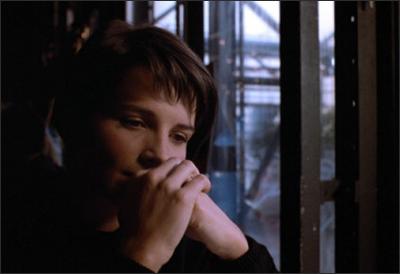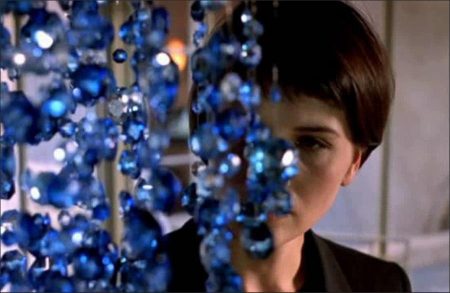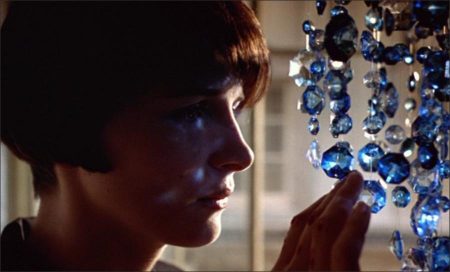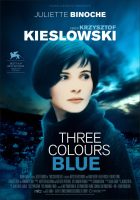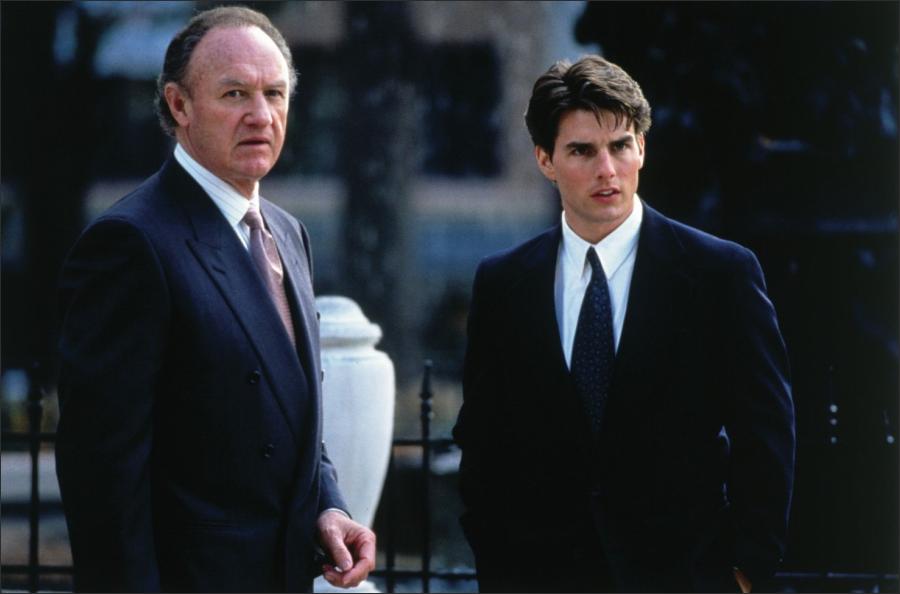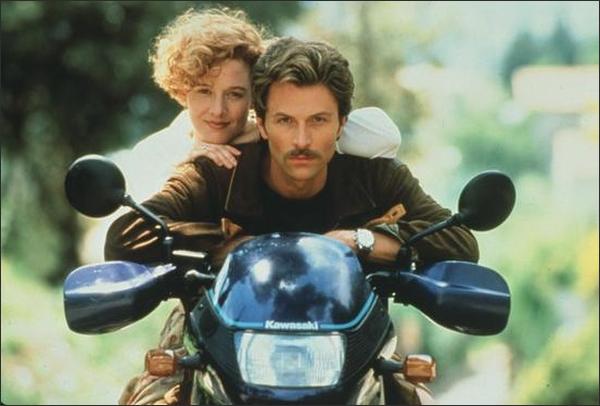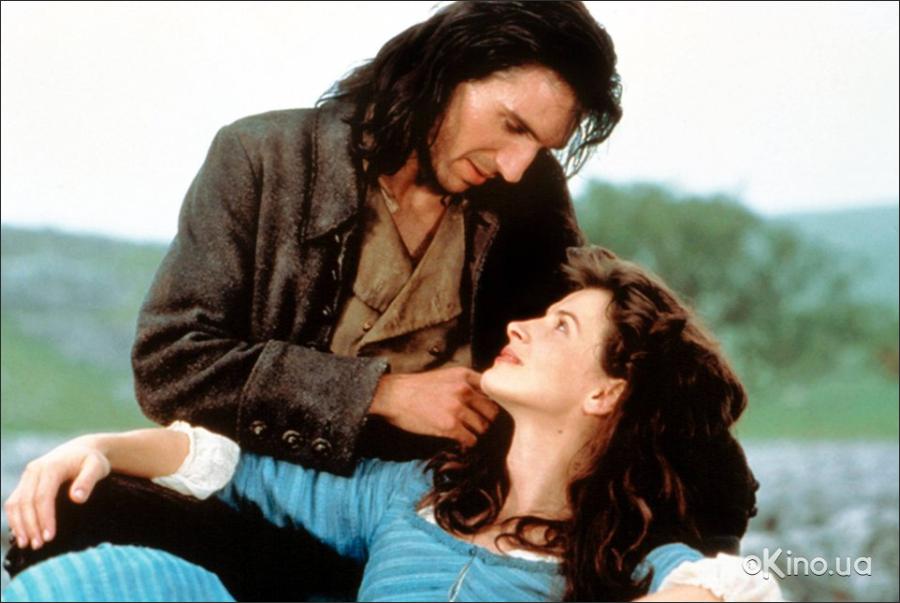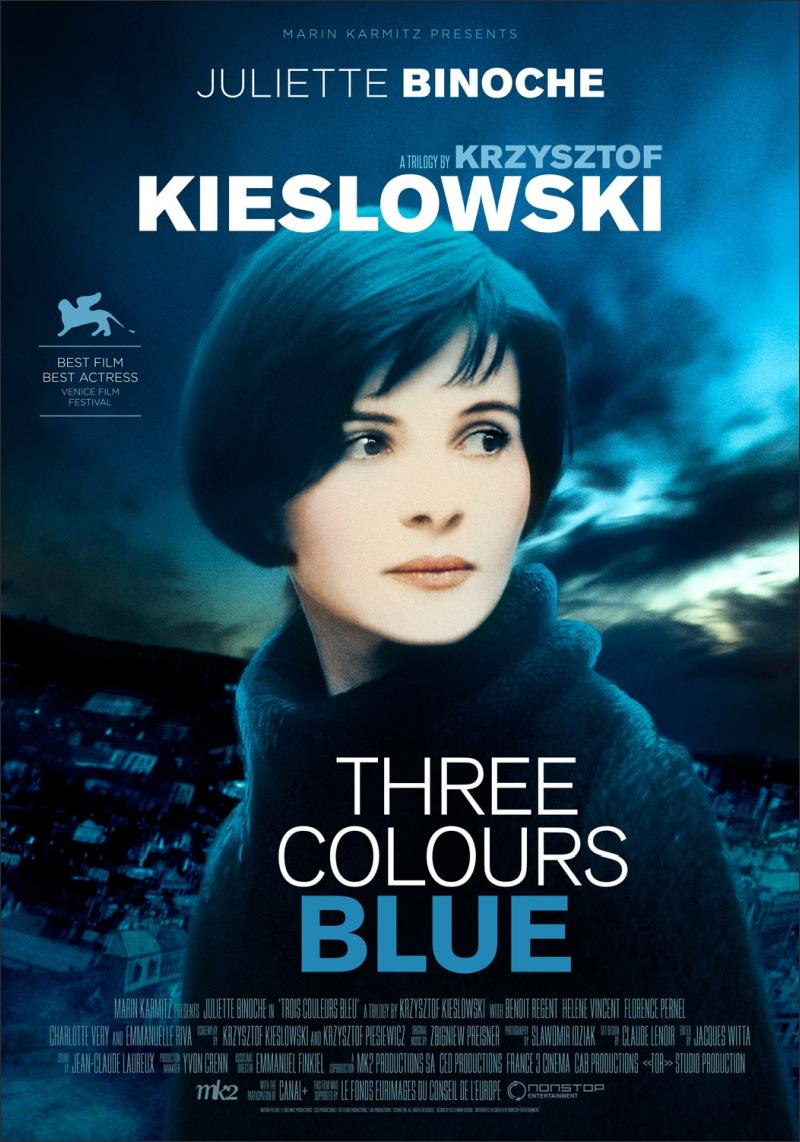Three Colors: Blue is the first part of a trilogy exploring the ideas of the French Revolution – liberty, equality, fraternity. Explaining his procedure, Krzysztof Kieslowski says, ‘To explore an idea in cinema one needs a story,’ a credo that will thrill anyone it doesn’t deeply depress.
Jean-Luc Godard, after all, refused to tell stories precisely because he was interested in ideas and not stories. This was brusque, but it wasn’t disingenuous. A story is the opposite of an idea: it is perverse to expect an audience to reconstitute essences from narratives. Most viewers of Three Colours Blue will be too busy trying to follow the plot, slight as it is, to feel they are grappling in any way with the heritage of the French Revolution.
In the story-line, grudgingly provided by Kieslowski working with his usual collaborator, Krzysztof Piesiewicz, a young woman, Julie, loses her husband and child in a car crash. She responds to her grief by cutting all ties with her old life. Julie moves to a bare flat in Paris, and tries not to enter into any relationships. The story of someone who refuses to participate in life can seem very like a story that itself refuses an audience’s involvement.
And it is a drawback that Julie’s new flat has the enviable bareness we associate with people so rich that they can abolish clutter. Julie herself, in the person of Juliette Binoche, has every attribute of glamour except the ability to walk in high heels, and it seemed perfectly satisfactory that she should sit around more or less forever looking luminous.
The camera sometimes works hard to lend tension to Binoche’s photogenic absence. In one scene, she is basking in some rare sunlight, while a shrunken old woman, barely able to walk, pushes an empty into the bottle-bank, whose opening is above her head and where in any case it wedges immovably. This tiny incident is presented in short sections, intercut with Binoche’s dazzled, unseeing face which fades to white as if the camera, too, was sun-struck.
The meaning of the scene may be: just because you have no personal future doesn’t mean you’re exempt from obligation, but if so it’s likely to remain theoretical. Julie may be in a trance, but it’s awfully infectious, and the lesson that she’s ignoring, not the images, but the way we’re invited to read them, is dull and abstract.
Kieslowski has a subtle and almost prohibitively personal film language. He favours dark filters in the upper quadrants of the image to create – less pervasively than in A Short Film About Killing – patches of negative light. He likes effects of blurring and smearing, with areas of paradoxical clarity. For the new film he has invented a piece of cinema grammar, described as an ellipsis (‘the three dots of suspension’) in the track listing of the soundtrack album: the image fades to black, gorgeously bombastic neo-baroque music by Zbigniew Preisner’s that bursts out for a few moments, then dies away. The image returns, and the scene moves on again.
The significance of the music is that Julie’s husband was a famous composer, whose last commission was for a festival celebrating the unification of Europe. Julie has destroyed his sketches, as part of her campaign of withdrawal, but the music continues to exist, whether outside or inside her, and erupts from time to time. The technique, of which those striking ellipses are part, creates a sort of atmospheric echo chamber, but it isn’t up to the director to determine exactly what resonates there.
It may be reflections on the futility of cutting yourself off from other people, it may be the question a journalist put to Julie early in her widowhood: ‘Is it true you wrote your husband’s music?’ Or it may be something quite different, such as: why does the music for the unification of Europe sound as sombre as the funeral music? Why does Julie persist in describing the rat she found in a cupboard as a mouse? Is it in fact a symbolic rodent, the rodent of regret, of conscience?
Towards the end of the film there is a brief flurry of revelation. Julie’s husband turns out to have had a mistress, who is now pregnant. In a Hollywood film this conflict between the women, one of whom has rights, and the other a child, would be immensely drawn out and built up. In Three Colours Blue it passes in minutes, but it is still essentially the same moral melodrama in a tastefully muted form.
When the mistress says, ‘Will you hate me now?’ Julie says nothing, but her classy silence is the art-movie equivalent of the big Hollywood renunciation scene, where the heroine says, ‘In a funny way I think I’m grateful to you. You see, as long as I believed in his love I was a prisoner of the past, and now I’m free, whether I like it or not’… Certainly she behaves with the same unreal generosity as any soap opera heroine, giving away the family home to the outsider who is incarnating the future.
Three Colors: Blue (1993)
Directed by: Krzysztof Kieślowski
Starring: Juliette Binoche, Zbigniew Zamachowski, Julie Delpy, Benoît Régent, Hélène Vincent, Charlotte Véry, Emmanuelle Riva, Florence Vignon, Catherine Therouenne
Screenplay by: Krzysztof Piesiewicz, Krzysztof Kieślowski, Agnieszka Holland, Edward Żebrowski
Production Design by: Claude Lenoir
Cinematography by: Sławomir Idziak
Film Editing by: Jacques Witta
Makeup Department Jean-Pierre Caminade,Valérie Tranier
Set Decoration by: Lionel Acat, Christian Aubenque, Jean-Pierre Delettre, Julien Poitou-Weber, Marie-Claire Quin
Music by: Zbigniew Preisner
Distributed by: Miramax Films
Release Date: September 8, 1993
Views: 390
